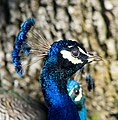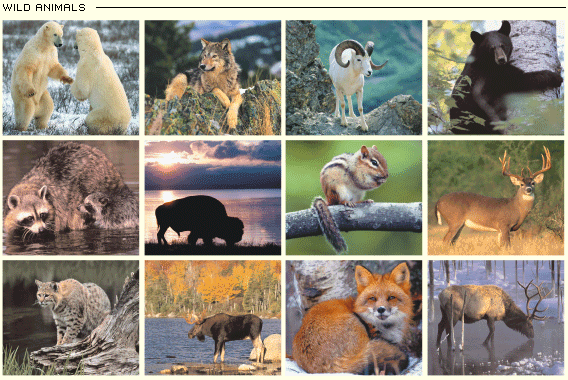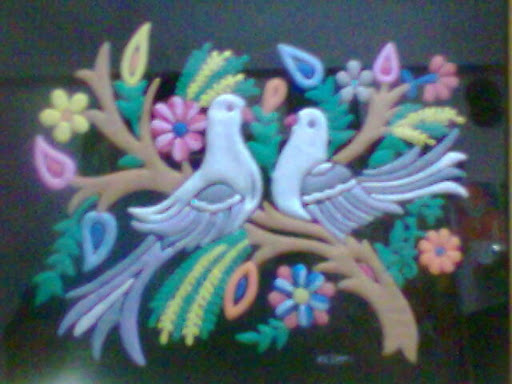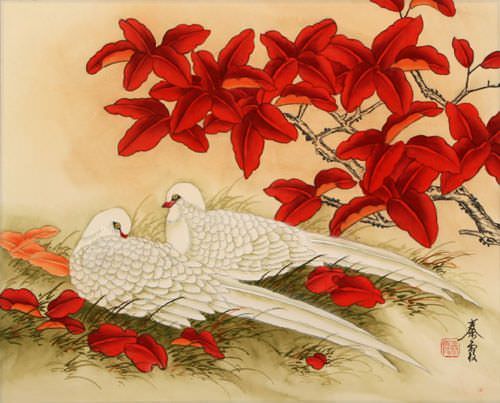
The term peafowl can refer to the two species of bird in the genus Pavo of the pheasant family, Phasianidae. The African Congo Peafowl is placed in its own genus Afropavo and is not dealt with here. Peafowl are best known for the male's extravagant tail feathers, which it displays as part of courtship. The male is called a peacock, the female a peahen, though it is common to hear the female also referred to as a "peacock." The female peafowl is brown or toned grey and pink
The two species are:
- Indian Peafowl, Pavo cristatus (Asiatic)
- Green Peafowl, Pavo muticus (Asiatic)
The Indian Peafowl is a resident breeder in the Indian subcontinent. The peacock is designated as the national bird of India.
The Green Peafowl breeds from Burma east to Java. The IUCN lists the Green Peafowl as vulnerable to extinction due to hunting and a reduction in extent and quality of habitat.
The White Peafowl breeds from India and are the rarest and feathers can reach a sale price of $500 per feather.
| Scientific classification | ||||||||||||
|---|---|---|---|---|---|---|---|---|---|---|---|---|
| ||||||||||||
| Species | ||||||||||||
| Pavo antiquus |
Behavior

The peafowl are forest birds that nest on the ground. The Pavo peafowl are terrestrial feeders but roost in trees.
Both species of Peafowl are believed to be polygamous. However, it has been suggested that "females" entering a male Green Peafowl's territory are really his own juvenile or subadult young (K. B. Woods in litt. 2000) and that Green Peafowl are really monogamous in the wild. Those who subscribe to this notion cite the similarities between the sexes.
The male peacock flares out its feathers when it is trying to get the female's attention.
During mating season they will often emit a very loud high pitched cry.
Diet
Peafowl are omnivorous and eat ticks, termites, ants, locusts, mice, plant parts, flower petals, seed heads, scorpions and other arthropods, reptiles, and amphibians.
In common with other members of the Galliformes, males of most species and females of all but two species, possess powerful, wickedly sharp, metatarsal spurs or "kicking thorns" used primarily to protect themselves against predators and to a lesser extent during intraspecific fights.
Habitat
Asiatic peafowl like the Indian Blue Peafowl, and especially the Green Peafowl, occupy a similar niche as the roadrunners, Secretary Bird, and seriemas. All of these birds hunt for small animals including arthropods on the ground and tall grass and minnows in shallow streams.
Because of human encroachment into their natural territories, peafowl and humans have come into increasing contact. Because of their natural beauty some are reluctant to classify the birds as pests but their presence can be disturbing, especially given their tendency to eat indiscriminately of garden boundaries and the male's powerful vocal crow (louder than a rooster's crow).
Gallery
 An Indian Blue Peacock's head |  Shot of a white peacock |  Indian Blue Peacock, male |  An Indian Blue Peahen showing her plumage |
 Closeup of an Indian Blue Peacock's head |  The Black-Shouldered Peacock was once thought to be a distinct subspecies, but is now considered a color mutation |  A white peacock showing off his plumage |  The head of a male Indian Blue Peacock |
 Male Indian Blue Peacock at Grounds for Sculpture in Hamilton Township, New Jersey |  Indian Blue Peacocks as illustrated in the First Edition of the Encyclopædia Britannica |  by Charles d'Orbigney (1806–1876) |  A white peacock domesticated in Mexico. |
 White peacock shot in Sydney, Australia |  Peacock seen in San Francisco, California |  Closeup picture of the feathers of a peacock in Romania |
































 Hind Foot
Hind Foot Fore Foot
Fore Foot